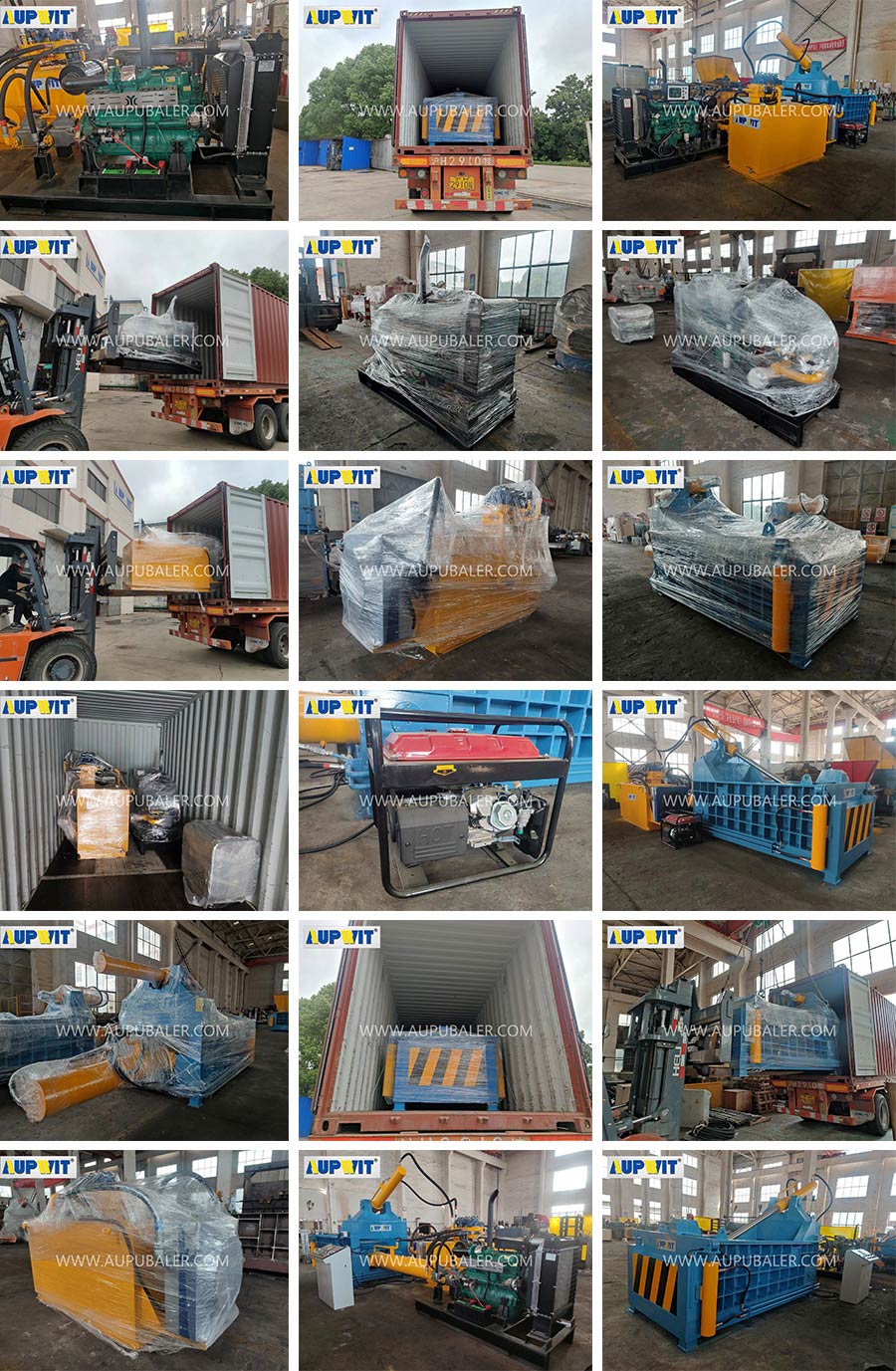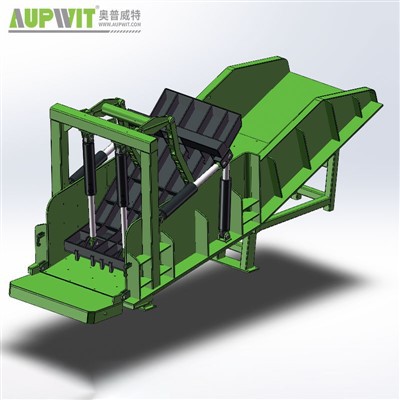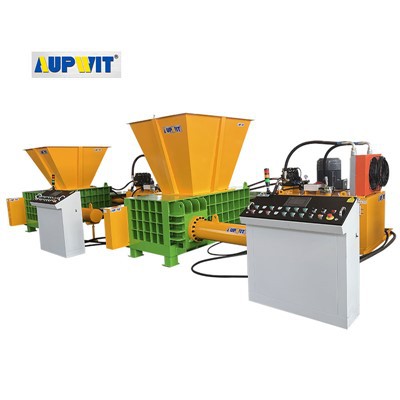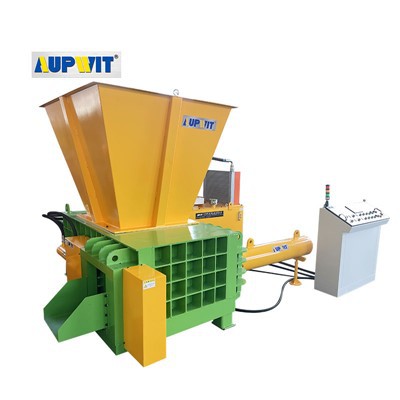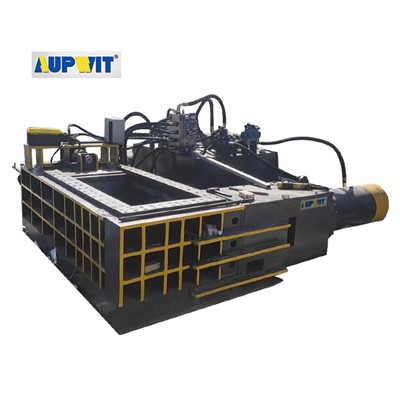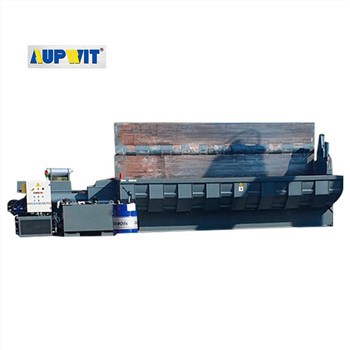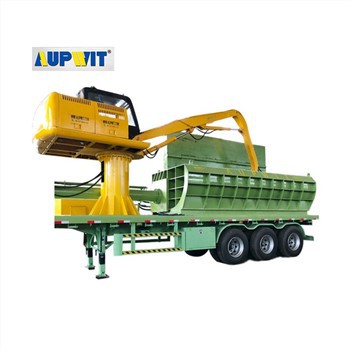1. Frequency of use
The wear rate of various parts of tire balers that are used frequently will be accelerated. For example, a machine that works continuously for more than 8 hours a day will wear more seriously than a machine that only works 2-3 hours a day, and the maintenance cycle needs to be shortened accordingly. Frequently used machines may need a comprehensive inspection and necessary maintenance every 1-2 weeks, while less used machines can be spaced 1-2 months.
2. Working environment
If the tire baler works in a harsh environment, such as a hot, humid, and dusty environment, it will accelerate the aging and corrosion of the machine. In a high temperature environment, the lubricating oil of the machine tends to become thinner, affecting the lubrication effect and causing increased wear of parts; a humid environment may cause metal parts to rust; a dusty environment will clog the filter, affecting the normal operation of the hydraulic system and pneumatic system. In such an environment, the machine may need to be cleaned, lubricated and inspected more frequently, and the maintenance cycle may be shortened to about half a month. In a clean, dry and temperature-appropriate environment, the maintenance cycle can be appropriately extended to 1-3 months.
3. Tire type and size
Handling different types and sizes of tires will cause different wear and tear on the machine. When handling large engineering tires or tires with higher hardness, the machine needs to withstand greater pressure and load, which will make the hydraulic system, mechanical transmission parts, etc. more prone to failure. Therefore, if such tires are handled frequently, the maintenance cycle should be appropriately shortened, and inspection and maintenance may be required every 2-3 weeks. When handling small car tires or tires made of softer materials, the machine load is relatively small, and the maintenance cycle can be extended to 1-2 months.
4. Maintenance quality
Regular and standardized maintenance can extend the service life of the machine and extend the maintenance cycle. If each maintenance can be carried out strictly in accordance with the manufacturer's requirements, such as changing the lubricating oil on time, cleaning the filter, checking the wear of parts and replacing the worn parts in time, the machine can maintain a good operating condition and the maintenance cycle can be relatively extended.
